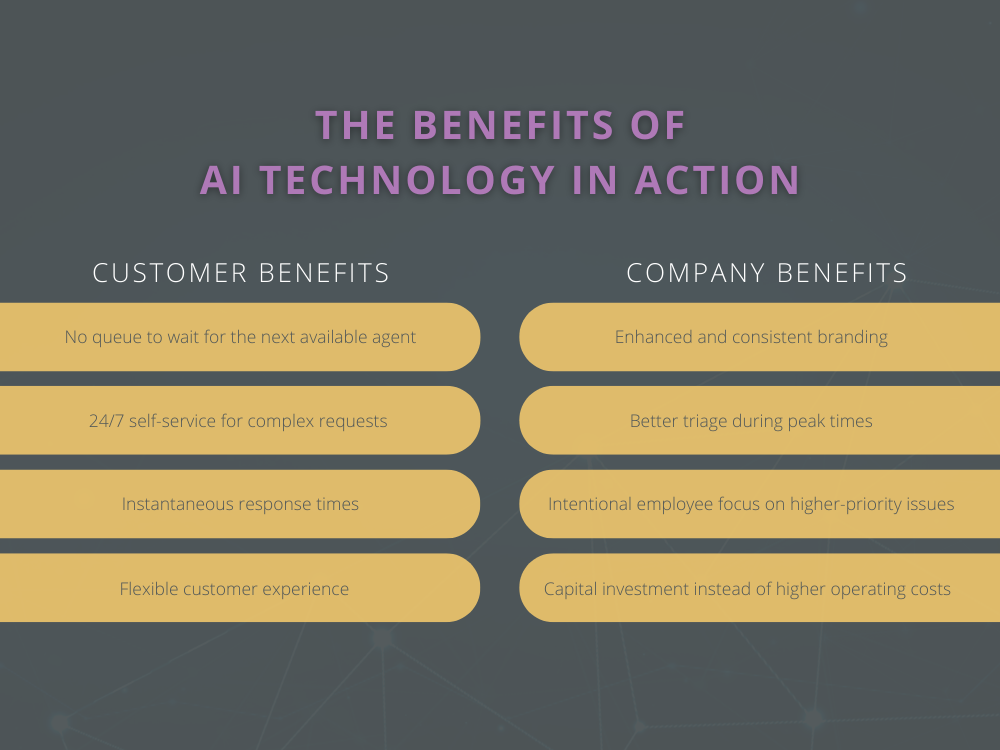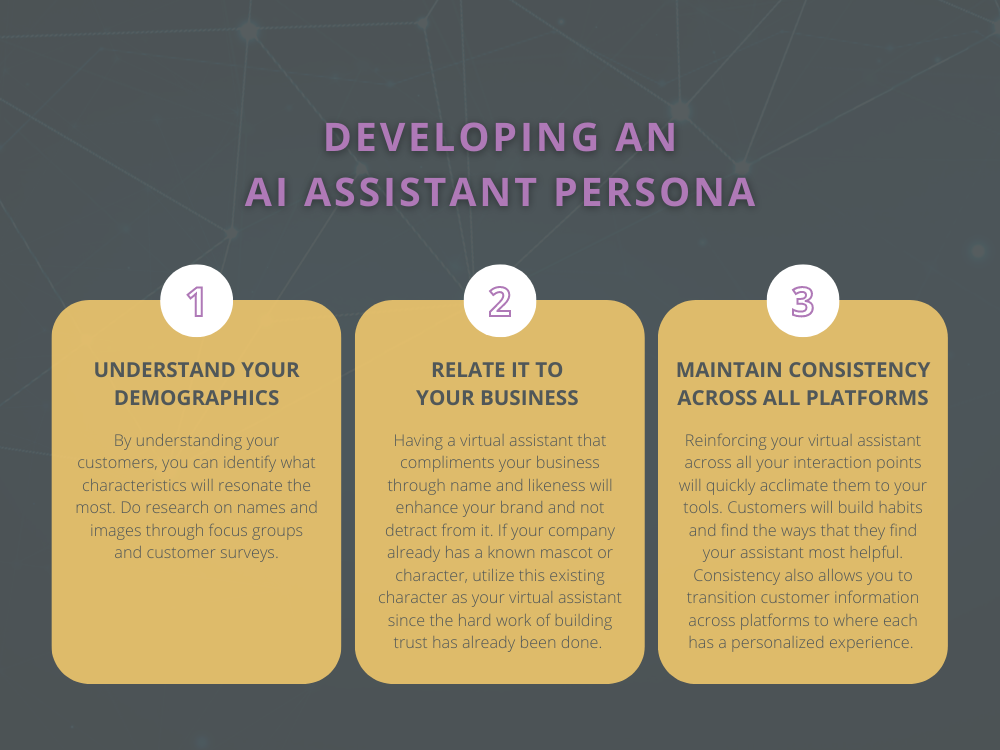AI
AI and digital transformation power hyper-personalized banking
Hyper-personalization is becoming a critical differentiator in financial services. AI and broader digital…
Read article

10/14/2022
by Brendan Hopper

Have you ever found yourself on a website, seen a message pop up in the bottom corner inviting you to chat, and interacted with it to get the help you needed? If so, you would be a part of the 85% of customer interactions handled without human agents last year. Chatbots have taken over digital platforms, cutting costs for companies and cutting wait times for customers. However, out of all of the companies that have implemented chatbots, only a few have ventured to implement a true omnichannel AI assistant platform.
AI assistants took the main stage in media in 2008 when Iron Man hit theaters, introducing us to JARVIS, an extremely intuitive helper, capable of both complex analysis and independent thought. While this seemed like science fiction at the time, Siri brought some of those initial concepts to life just three years later, impressing consumers with its ability to search the web or tell a preset joke. These virtual assistants have blossomed in the decade since – they’ve learned your daily habits, are capable of basic conversations, and can adapt recommendations based on a variety of complicated factors. We see these capabilities in action every day on our smartphones. Why aren’t more companies harnessing these same functionalities and applying them to their interactions with customers?

Imagine a world where you funnel a customer to your website for the first time, and before they even read the sections in the navigation bar, they’re warmly greeted by your company’s virtual assistant and offered help finding what they need. Now imagine a world where a return customer can simply ask to reorder their last shipment because the virtual assistant is able to access their name, shipping address, billing information, and order history from your company’s records. Both of these scenarios are obtainable because of robust virtual assistant platforms. These platforms combine chatbots, live agent chat consoles, analytics, and more to create an extensive network of self-service tools. When this network is operating effectively, your customers receive one seamless experience.
In order to choose the right platform for you, start by considering all the points where your customers will engage with you–on your web pages, a messaging platform, a mobile app, the list goes on. Next, ensure that your solution can meet your customers’ needs with a high-quality, consistent experience at each touchpoint. Screening for accuracy and scalability is a critical component of the solution selection process. If your virtual assistant isn’t able to accurately understand a customer’s question, or crashes during peak traffic times, then your customers won’t adopt the product.
In order to have an effective virtual assistant that simulates real conversations, you need to carefully map out all responses and flows. Ensure these are reviewed by your customer communications team to ensure all language has an authentic feel and doesn’t sound like the very thing it actually is, robotic. Some platforms even have the capabilities to do sentiment analysis, understand the customer’s mood based on language, and filter the rest of the conversation in light of the new information about how the user is feeling.
Consumers crave that their virtual assistants have both personality and an intimate relationship. Why else would users change the voice of their maps app or be loyal to certain “readers” of their favorite audio books? Your virtual assistant is going to become the face of your customer service within your digital brand, so you need to invest in that persona. It’s not enough to have a machine that responds with generic answers, even if they are correct. You need a name, a face, and an attitude to captivate your customers and keep them enjoying your platform.
By developing the brand of your virtual assistant, you are enhancing your customer experience across all platforms. Your mobile app will feel like home to a new user if your virtual assistant is there, guiding them through the login process or helping them order a product for the first time. Here are some quick steps on how to build this brand:

Are you ready to start choosing and customizing the virtual assistant technology that’s right for your company? Contact us today to get started.
Business insights
AI
Hyper-personalization is becoming a critical differentiator in financial services. AI and broader digital…
Read article

AI
In the rush toward the next AI frontier, it’s easy to treat every challenge as if it needs autonomy. Here’s a…
Read article

AI
By leveraging AI-powered defenses, strengthening access management protocols and proactively mitigating both internal…
Read article
